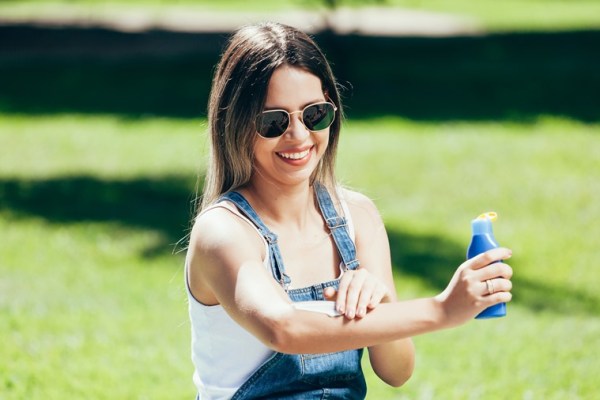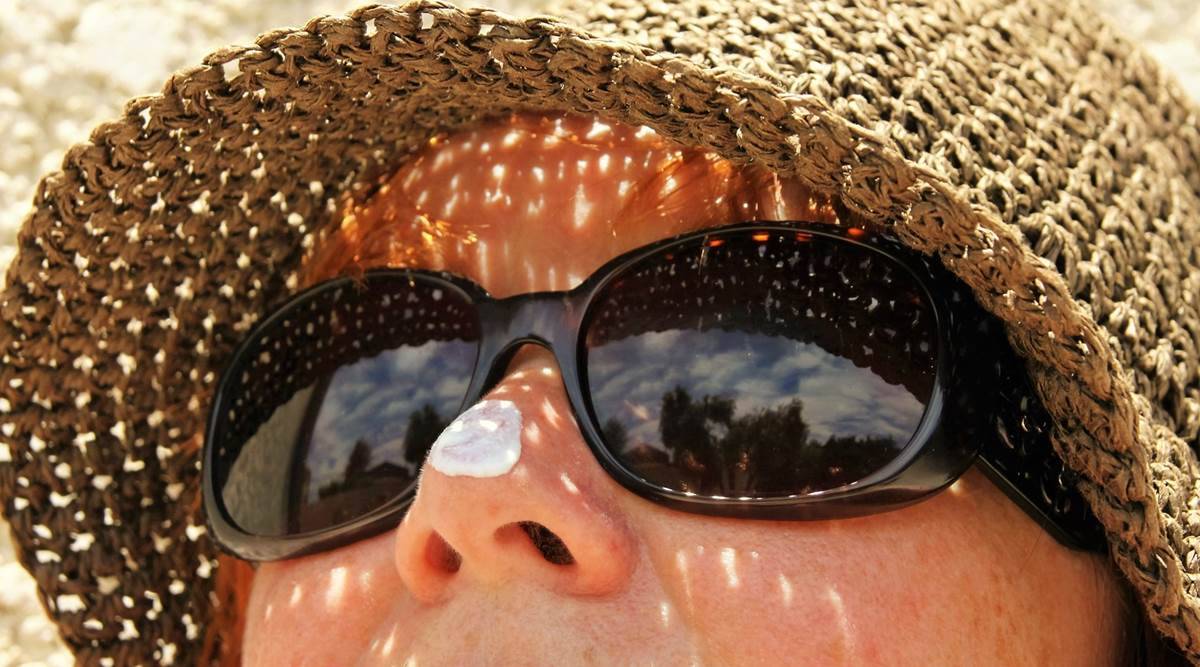Usually, we apply sunscreen right before we are stepping out under the sun. But, if you want to prevent radical damage and premature ageing of your skin, you must note that sunscreen is not only meant for summers. No matter what skincare routine you follow throughout the year, sunscreen must always be a part of it.
“Sunscreens or sunblock are available in several forms — lotions, gels or sprays and even in powder form,” shared Dr Somdutta Singh, Founder of Assiduus Global and The Real BossLady Beauty. Every sunscreen you pick up will mention these 3 important abbreviations that you must know about:
SPF – Sun protection factor
UVA rays – Long length ultraviolet rays that lead to early wrinkles, age spots and can intensify the risk for skin cancers
UVB rays – Short length ultraviolet rays that cause skin cancer.
 The higher the SPF number, the fewer UV passes through. (Photo: File)
The higher the SPF number, the fewer UV passes through. (Photo: File)
Why does our skin need sunscreen?
“The Skin Cancer Org. has deduced that with regular use of sunscreen, we can diminish the risk of skin cancers tremendously. Using a sunblock of a minimum of SPF 15 can radically lessen the risk of developing squamous cell carcinoma (SCC), the second most common form of skin cancer by a massive 40 per cent, and also lower melanoma, another form of skin cancer, and risk by 50 per cent,”
How do sunscreens work?
Sunscreens encompass various chemicals that help disperse the sunlight away from the skin. “These are zinc oxide or titanium dioxide that physically block the sun. These elements reflect UV rays; how the light gets reflected off white paint,” she explained.
Other chemicals — avobenzone or oxybenzone — soak up UV radiation via their chemical bonds. “When the bonds are absorbing the UV radiation, the sunscreen components slowly shatter to discharge heat,” she added.
The SPF number on the sunscreen is the measure of how much UV rays get through your screen.
“Visibly, the higher the SPF number, the fewer UV passes through. Here is an example from the Cancer Council, an SPF of 30 allows 1/13th or 3.3 per cent of UV to reach your skin. This means it filters 96.7 per cent of UV. With an SPF of 50, 98 per cent is filtered and 1/15th or 2 per cent gets through” she explains.














Leave a Reply